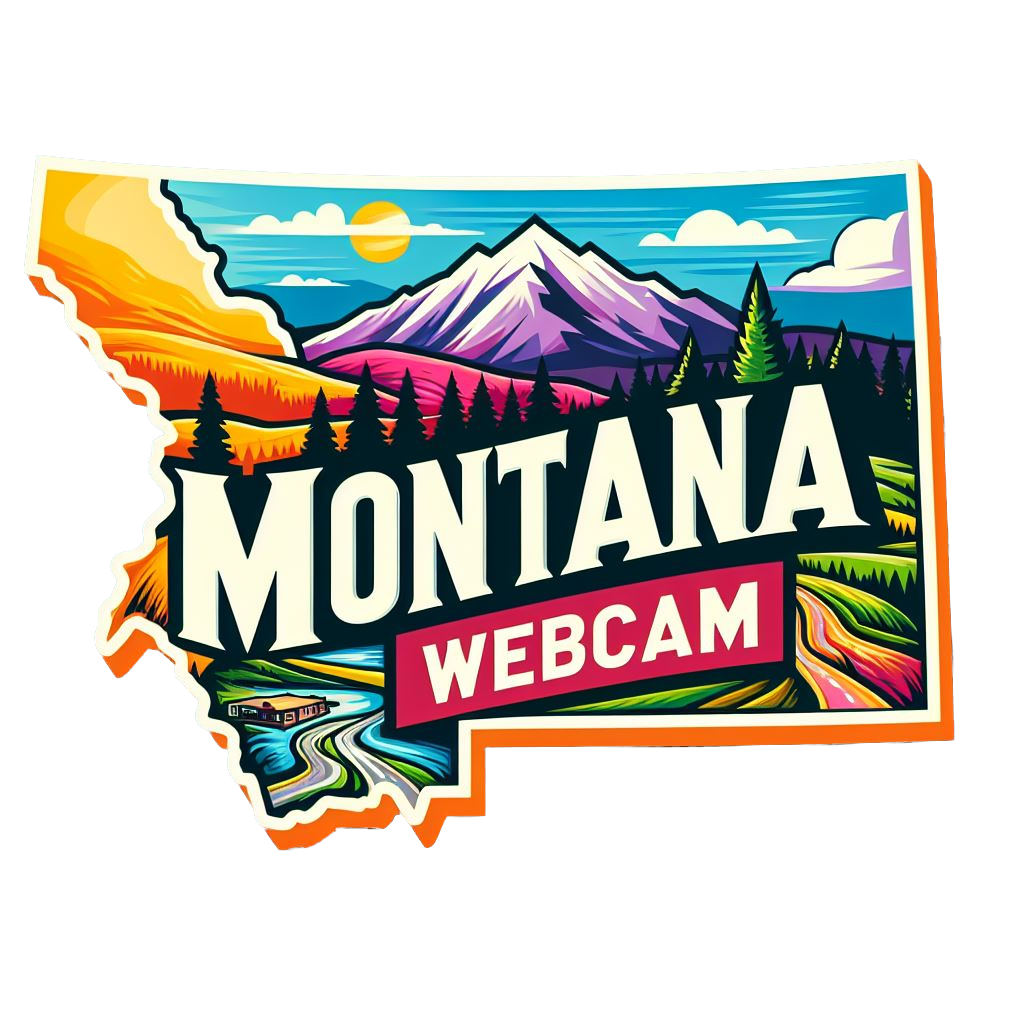Big Hole National Battlefield Historical Park, MT Weather Cams
Big Hole National Battlefield Cam

Big Hole National Battlefield: Honoring the Legacy of Conflict and Cultural Resilience
Introduction: Remembering the Tragic Events
Big Hole National Battlefield Historical Park, MT Weather Cams. Nestled in the rugged terrain of southwestern Montana lies the Big Hole National Battlefield, a solemn reminder of a tragic chapter in American history. This historical park commemorates the clash between the Nez Perce people and the United States Army in 1877, a conflict that left a profound impact on both Native American and Euro-American communities. Through its preservation of the battlefield and interpretation of the events that unfolded, Big Hole National Battlefield serves as a tribute to the resilience of the Nez Perce people and a testament to the complex relationship between indigenous cultures and the expanding United States.
Pre-Contact Era: Nez Perce Homeland
Long before the arrival of Euro-American settlers, the Big Hole Valley was the ancestral homeland of the Niimíipuu, or Nez Perce, people. For centuries, the Nez Perce lived in harmony with the land, relying on hunting, fishing, and gathering for sustenance. The Big Hole Valley, with its abundant wildlife and pristine waterways, provided a rich and fertile environment for the Nez Perce to thrive.
Euro-American Contact and Treaty Negotiations
The arrival of Euro-American fur traders and explorers in the early 19th century brought profound changes to the Nez Perce way of life. As settlers encroached upon traditional Nez Perce territory, tensions escalated, leading to conflicts over land and resources. In 1855, the Nez Perce signed the Treaty of Walla Walla, ceding millions of acres of land to the United States in exchange for a reservation that included the Big Hole Valley. However, the terms of the treaty were soon violated by the federal government, leading to further unrest among the Nez Perce people.
Flight of the Nez Perce: The 1877 Conflict
In 1877, tensions between the Nez Perce and the United States Army reached a boiling point, culminating in a series of skirmishes and battles known as the Nez Perce War. Faced with pressure to relocate to a smaller reservation, Chief Joseph and his band of Nez Perce embarked on a desperate journey to evade capture and reach safety in Canada. Along the way, they encountered hostile forces and engaged in several conflicts, including the Battle of the Big Hole.
Battle of the Big Hole: Tragedy and Loss
On August 9-10, 1877, the Nez Perce camped along the banks of the Big Hole River, seeking respite from their arduous journey. In the early hours of the morning, they were unexpectedly attacked by a force of over 400 United States Army soldiers led by Colonel John Gibbon. The Nez Perce, caught off guard and outnumbered, fought bravely to defend their families and their way of life. The battle raged for two days, resulting in heavy casualties on both sides.
Aftermath and Legacy of the Battle
The Battle of the Big Hole marked a turning point in the Nez Perce War and had lasting repercussions for both the Nez Perce people and the United States. Despite their valiant efforts, the Nez Perce were eventually forced to surrender, and Chief Joseph famously declared, “From where the sun now stands, I will fight no more forever.” The Nez Perce were subsequently removed from their ancestral lands and relocated to reservations in Idaho and Oklahoma, where they continue to maintain their cultural traditions and resilience to this day.
Establishment of the Battlefield Park
In 1887, the Big Hole Battlefield was designated as a National Historic Landmark, recognizing its significance as the site of a pivotal moment in American history. In 1992, it was redesignated as the Big Hole National Battlefield and placed under the management of the National Park Service. The battlefield park encompasses over 1,000 acres of land and includes a visitor center, museum, and interpretive trails that provide insight into the events of the Nez Perce War and the cultural heritage of the Nez Perce people.
Preservation and Interpretation
Today, the Big Hole National Battlefield stands as a testament to the resilience of the Nez Perce people and the enduring legacy of the conflicts that shaped the American West. Through its preservation of the battlefield and interpretation of the events that unfolded, the park seeks to educate visitors about the complex history of indigenous peoples and the ongoing struggles for sovereignty and cultural preservation. Programs, exhibits, and guided tours offer insight into the experiences of the Nez Perce and the impact of westward expansion on Native American communities.
Conclusion: Honoring the Past, Looking to the Future
As visitors explore the rugged landscape of the Big Hole National Battlefield, they are reminded of the sacrifices made by the Nez Perce people in defense of their homeland and their way of life. The battlefield serves as a solemn reminder of the tragedies of the past and the resilience of indigenous cultures in the face of adversity. By preserving the legacy of the Nez Perce War, the Big Hole National Battlefield encourages reflection, understanding, and reconciliation as we strive to build a more inclusive and equitable future for all.
For more information, visit the official Big Hole National Battlefield website.
